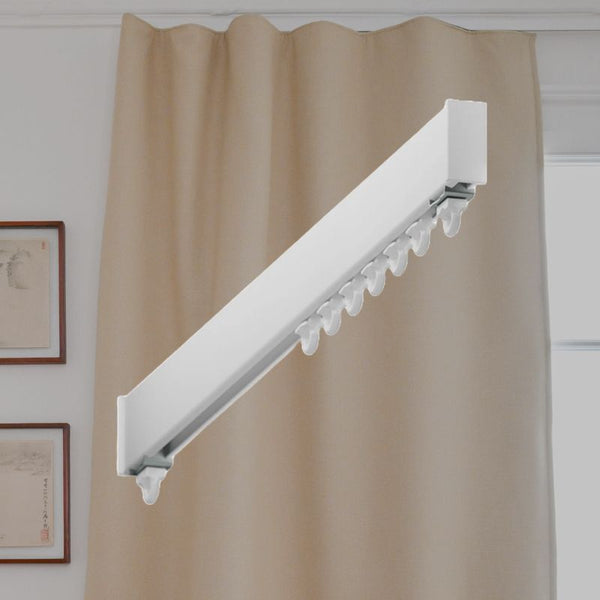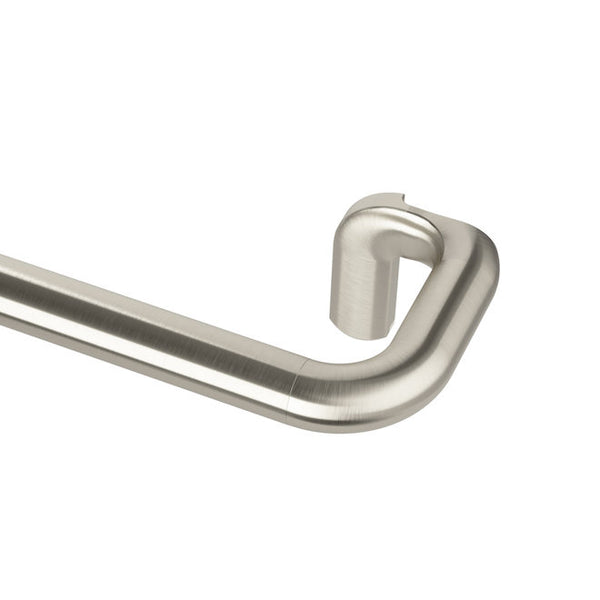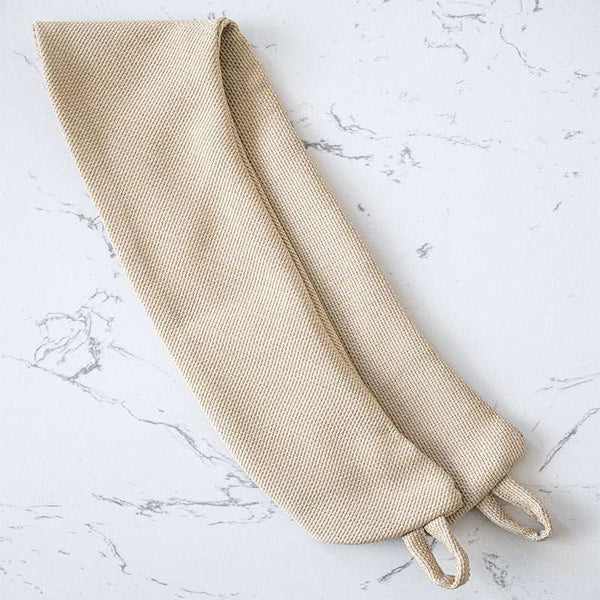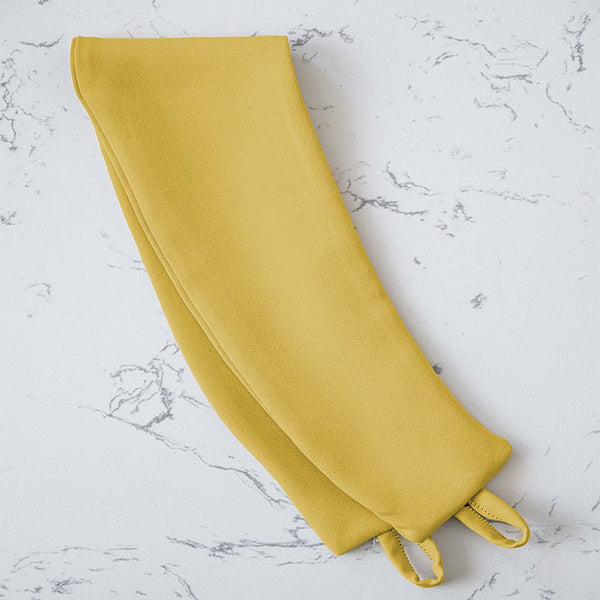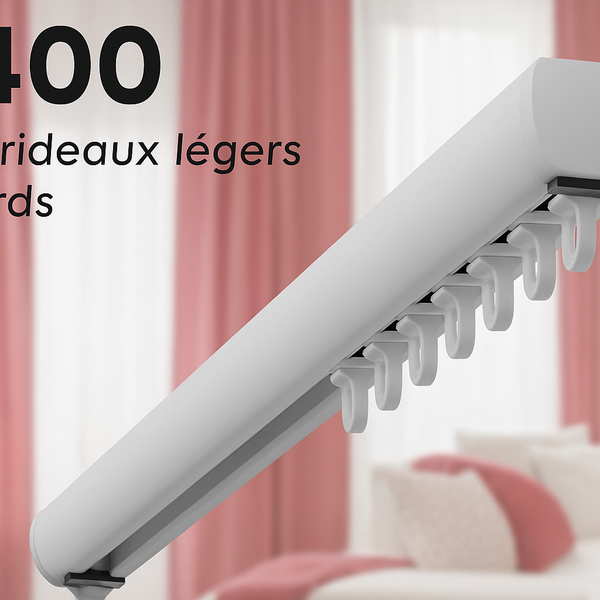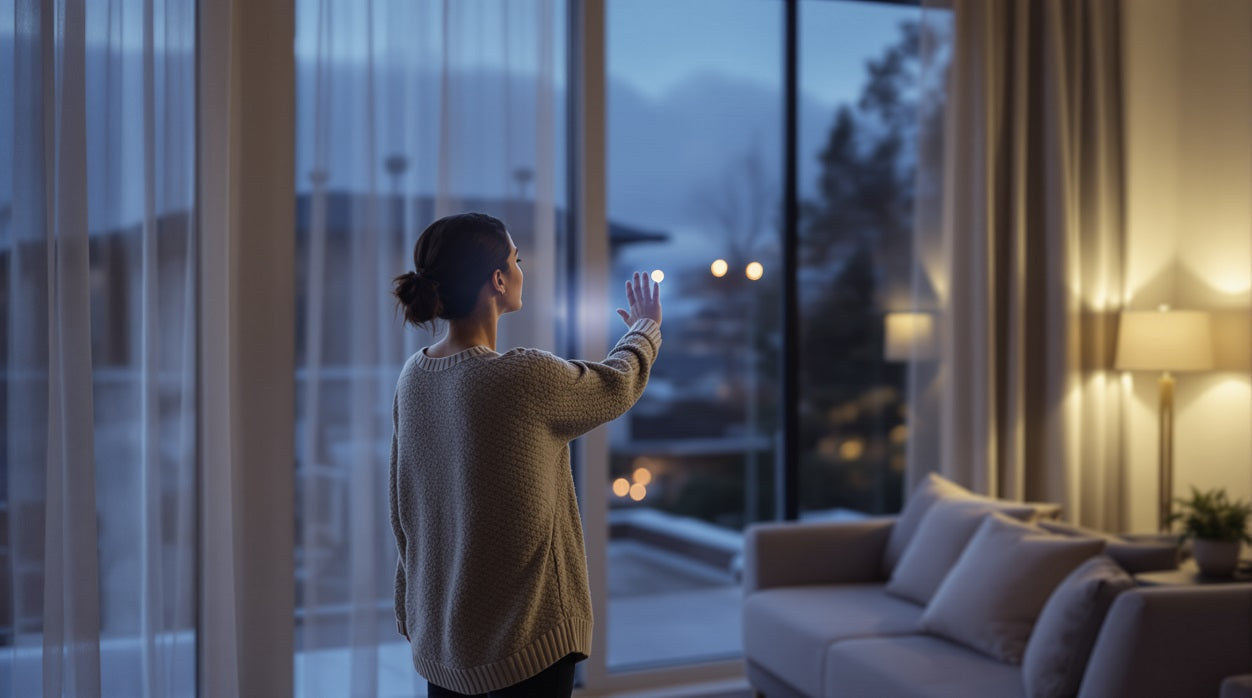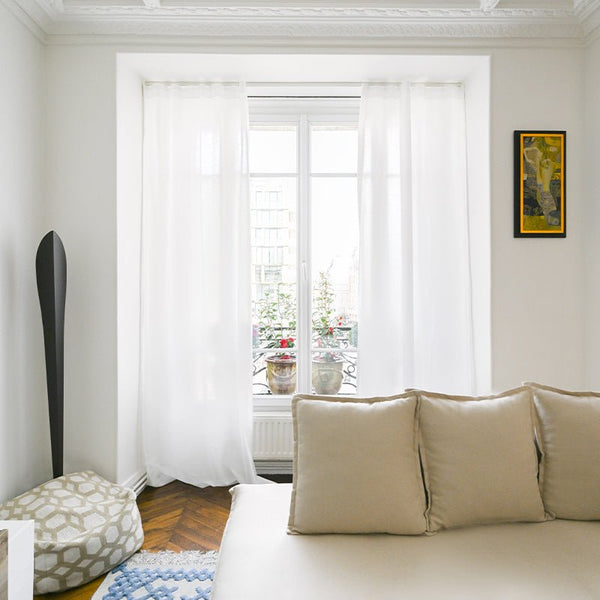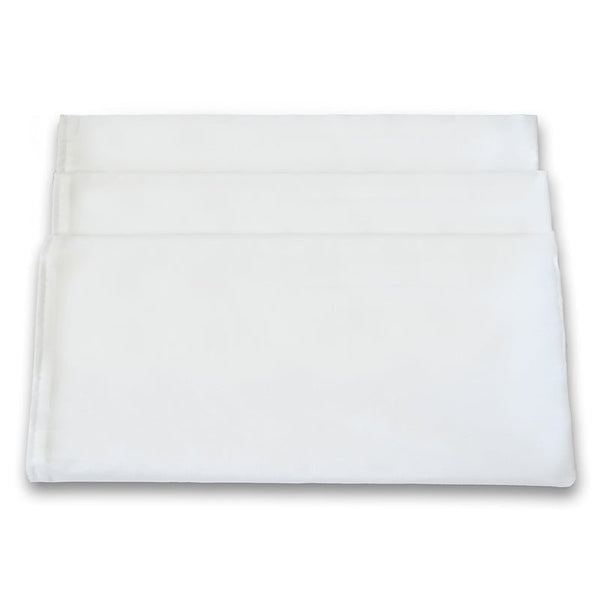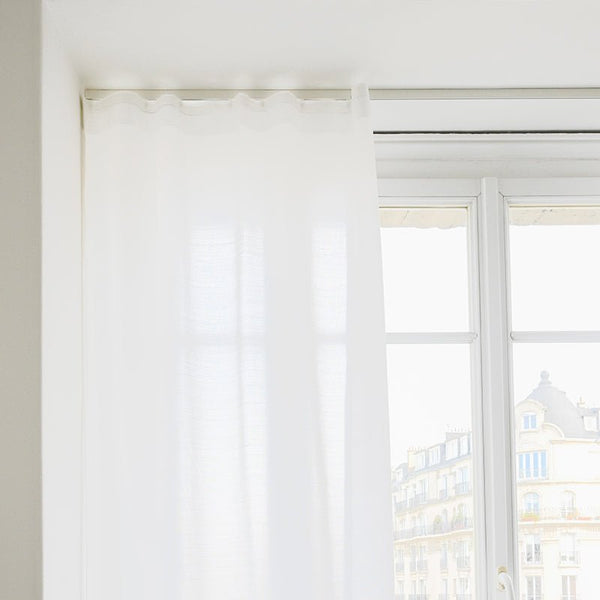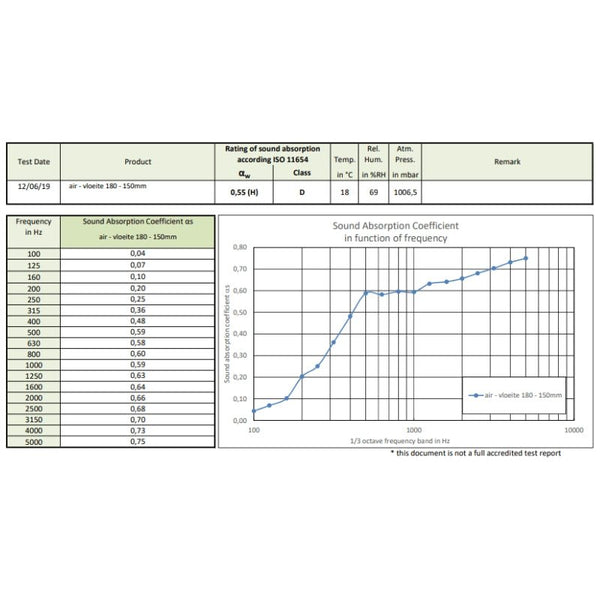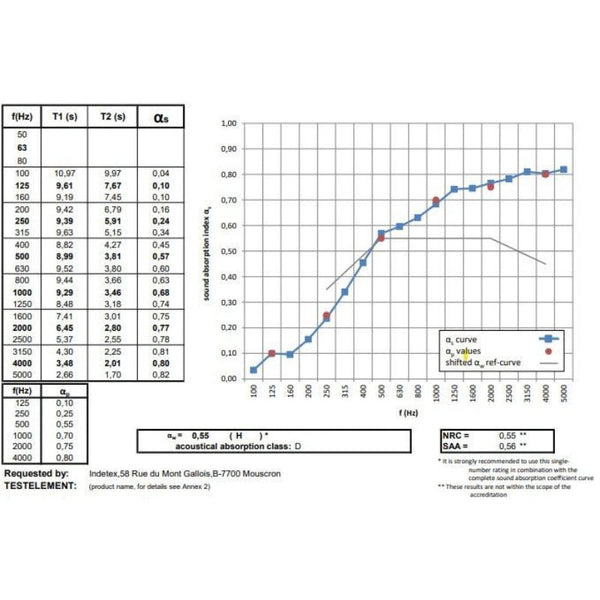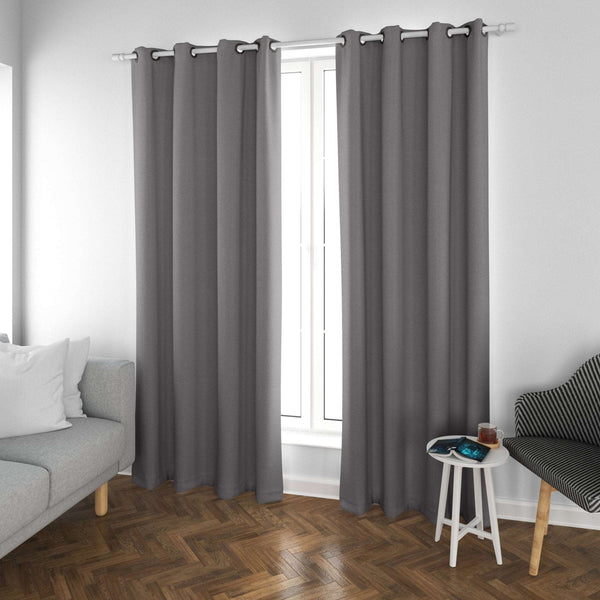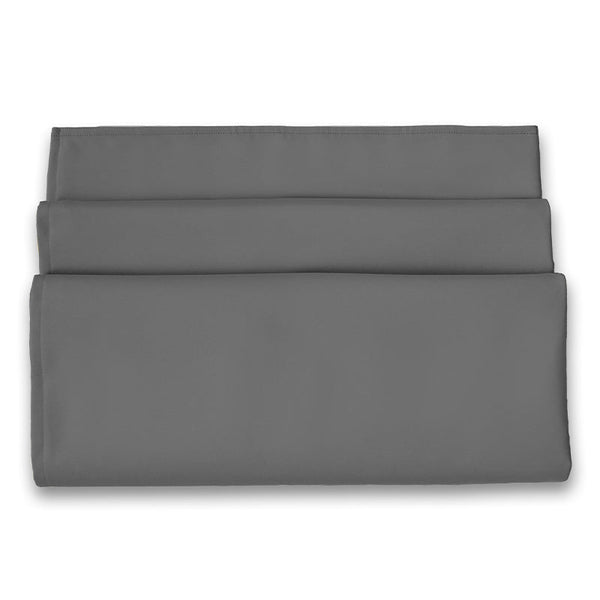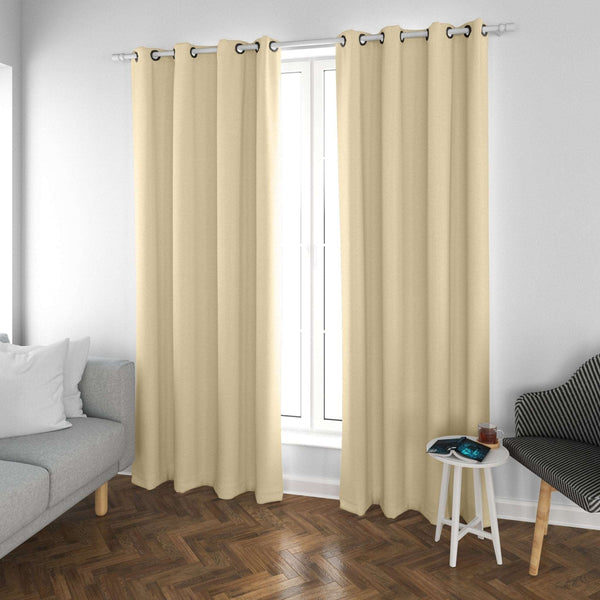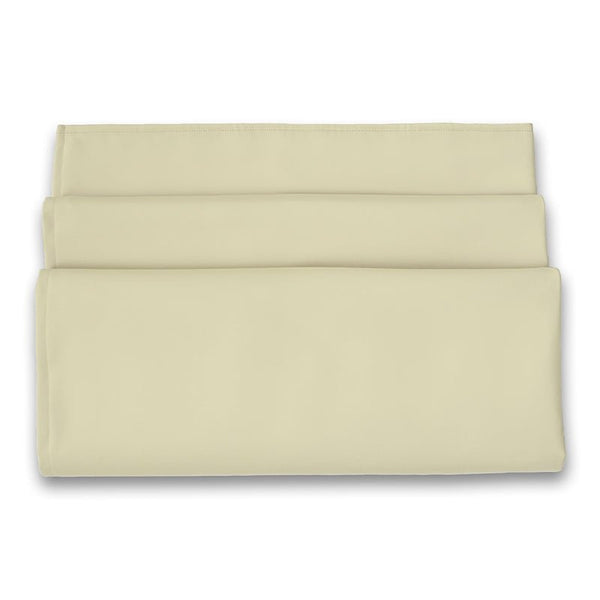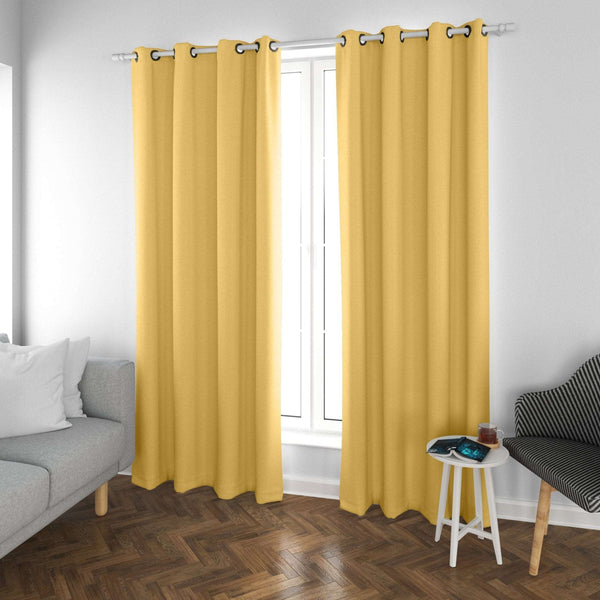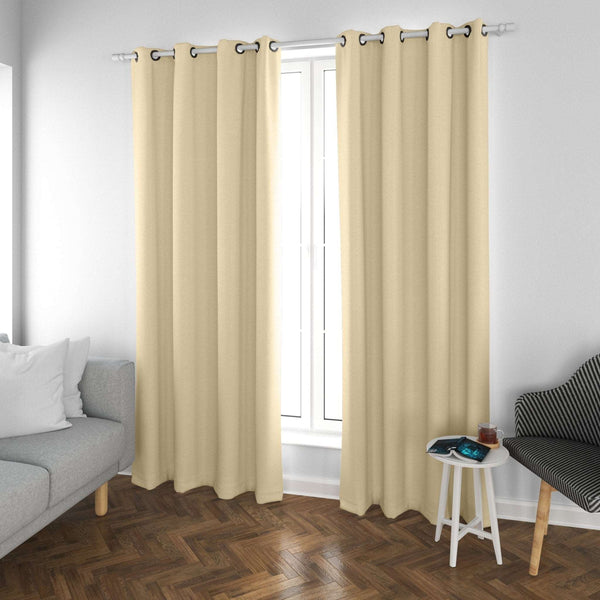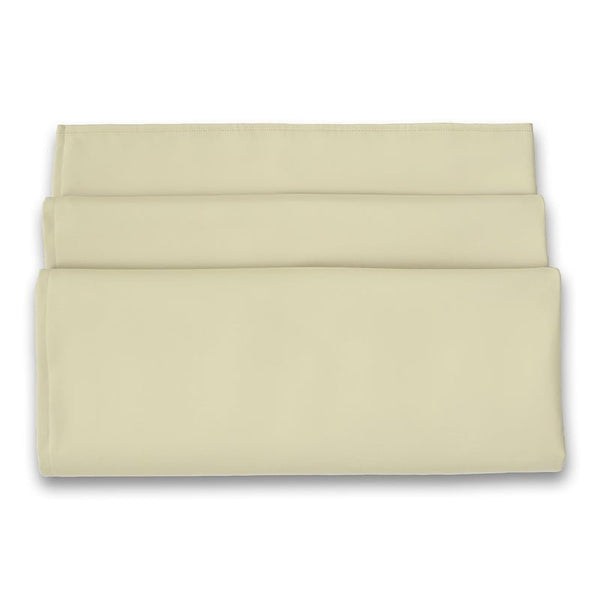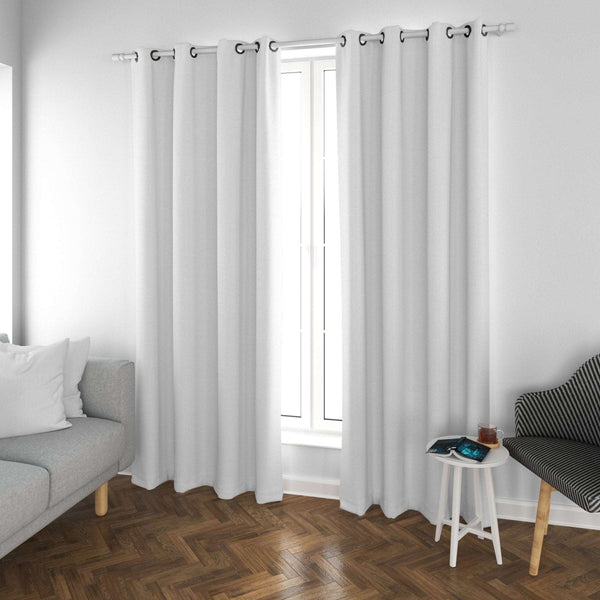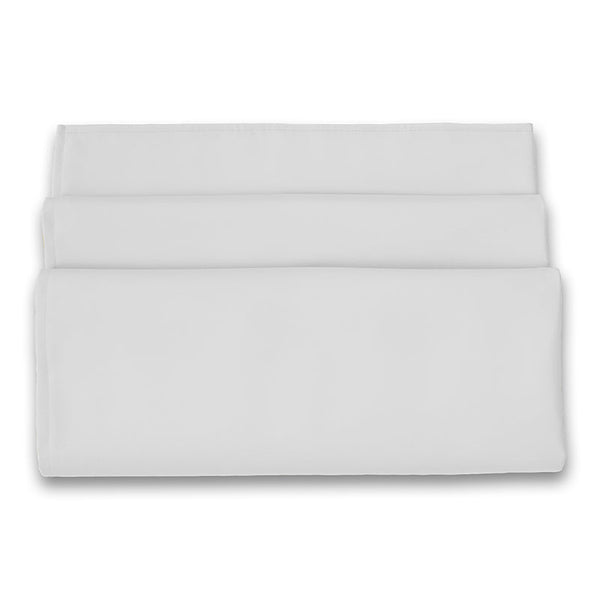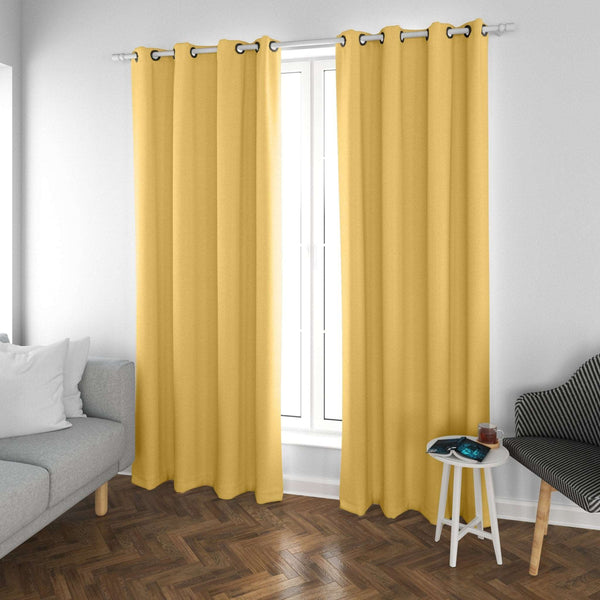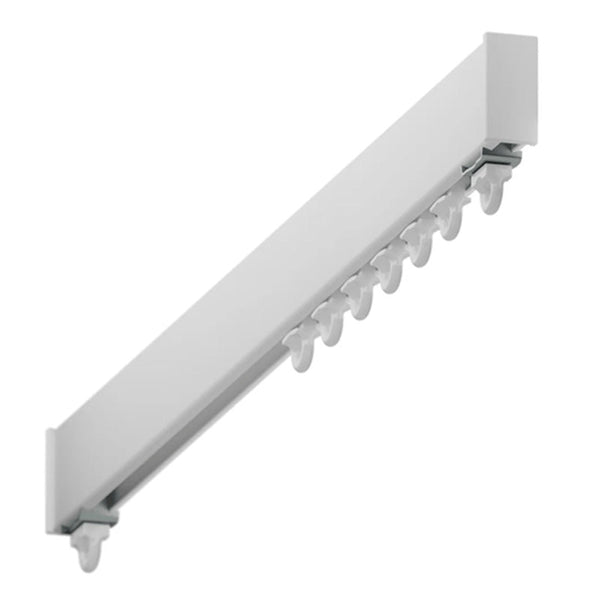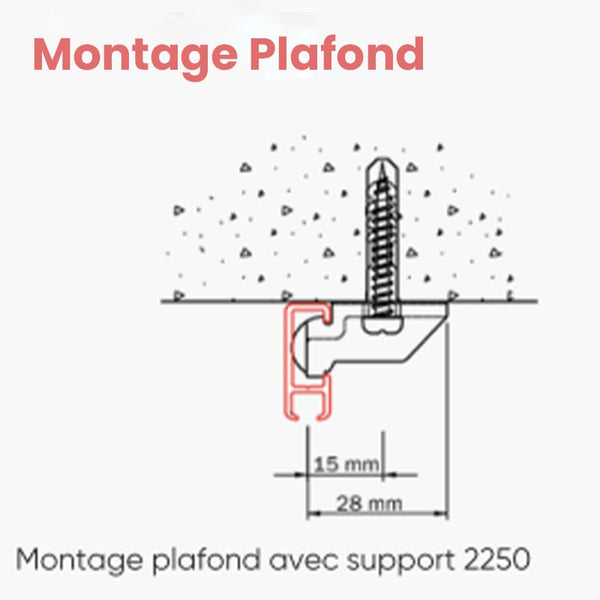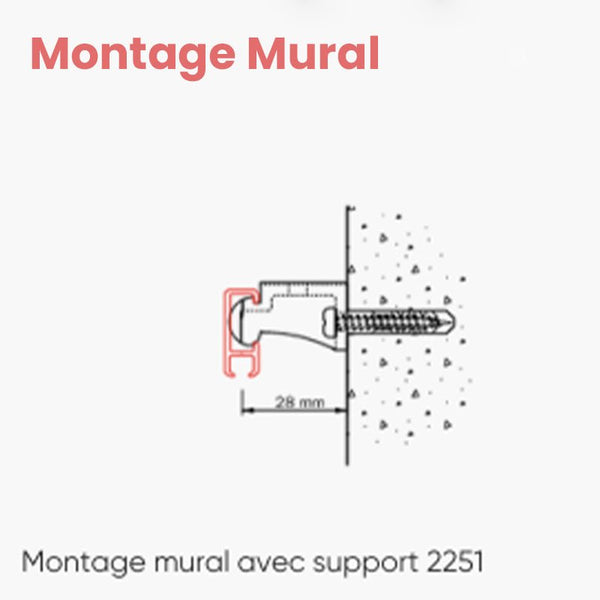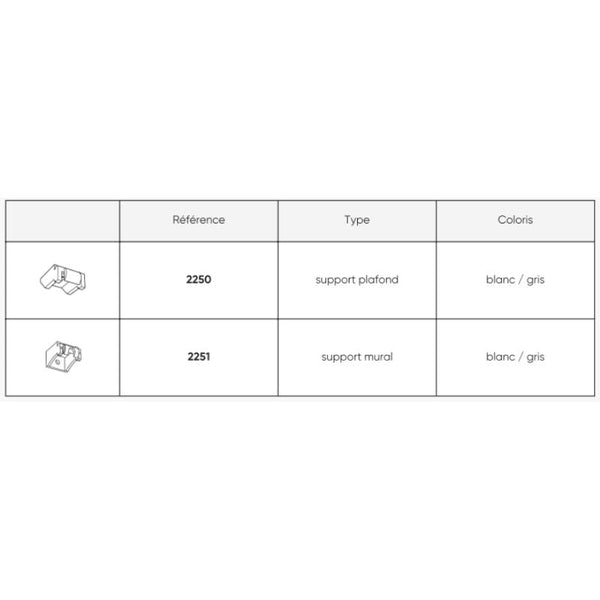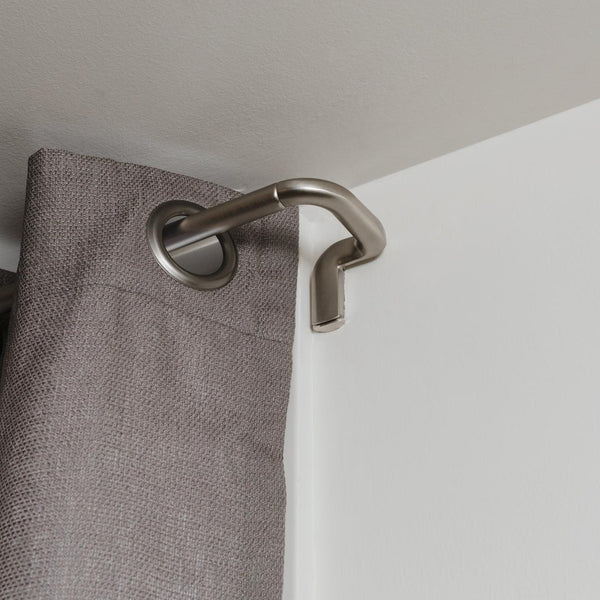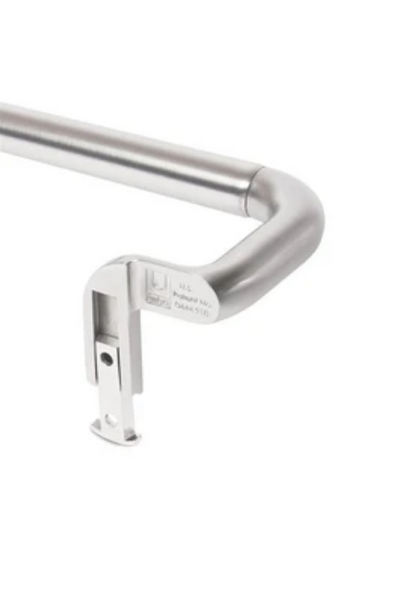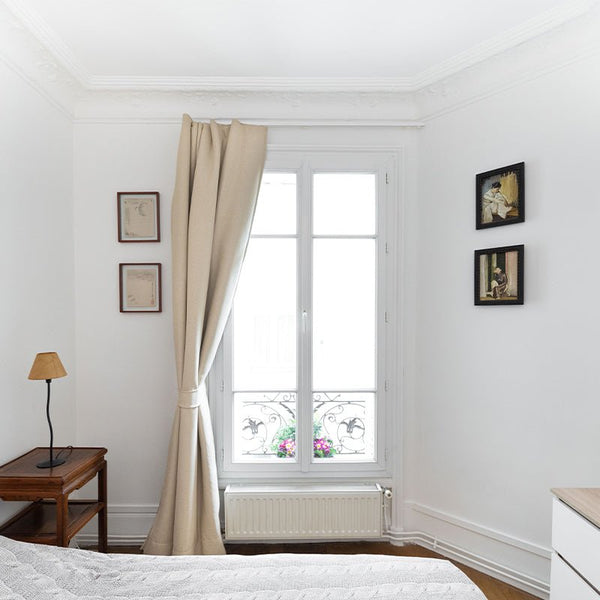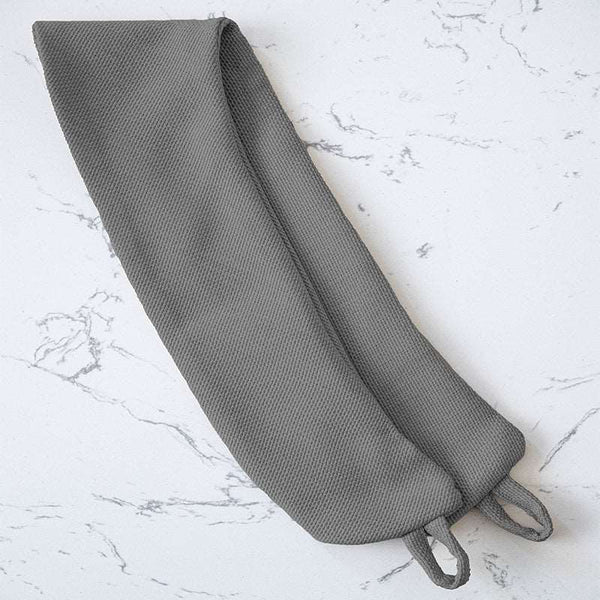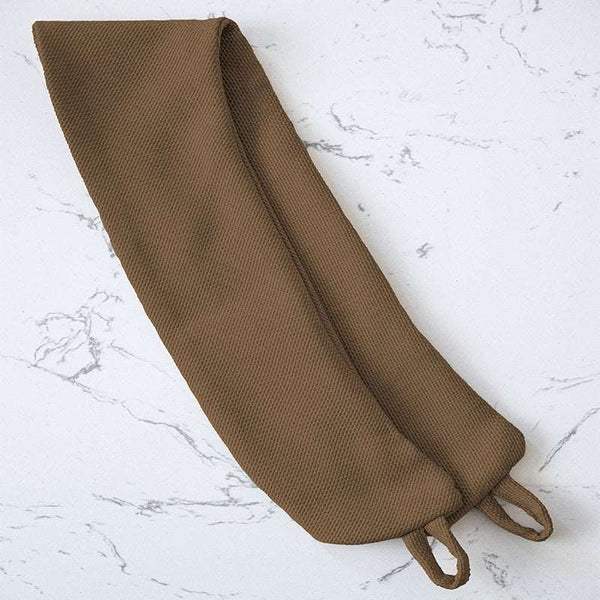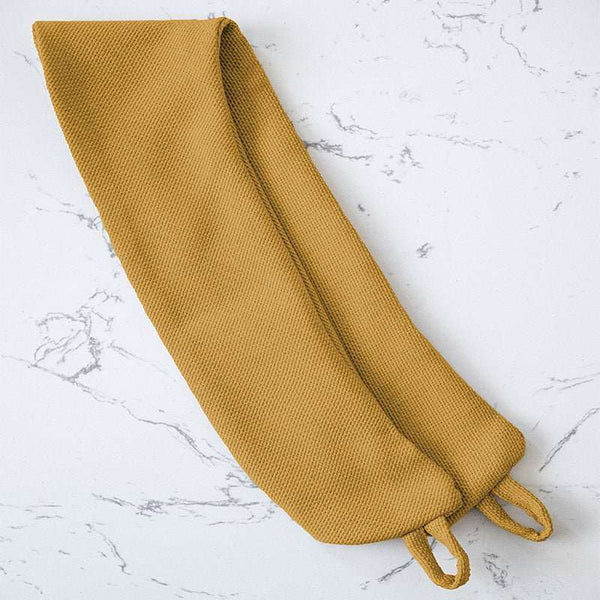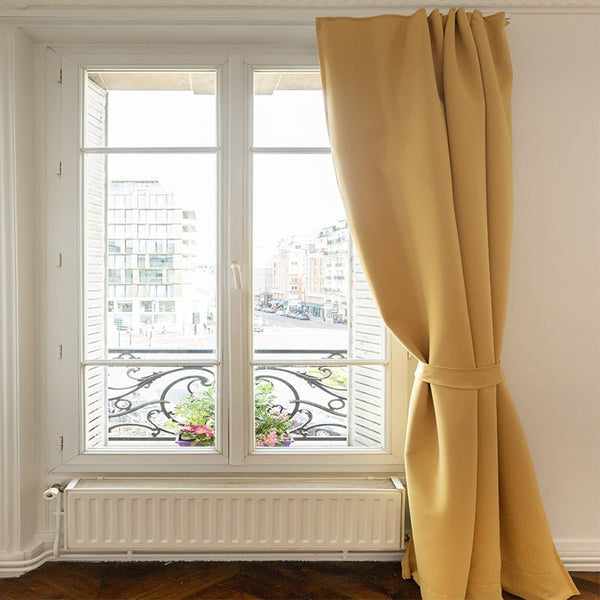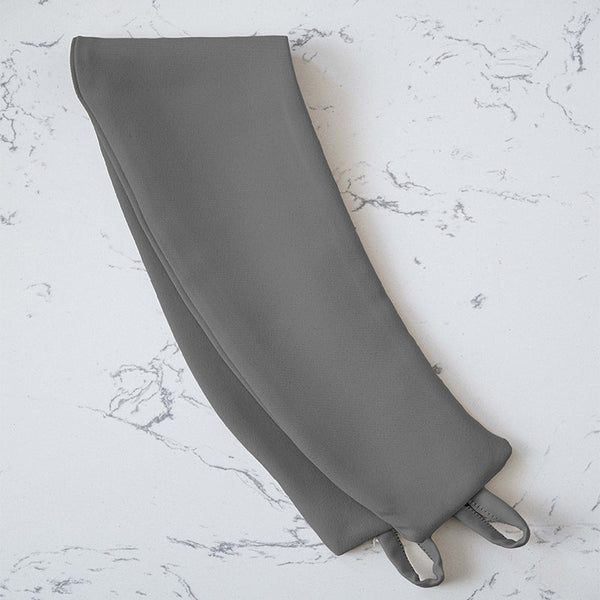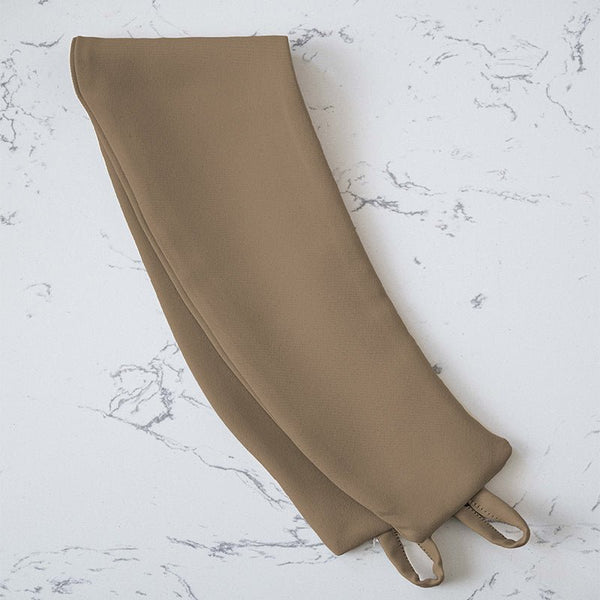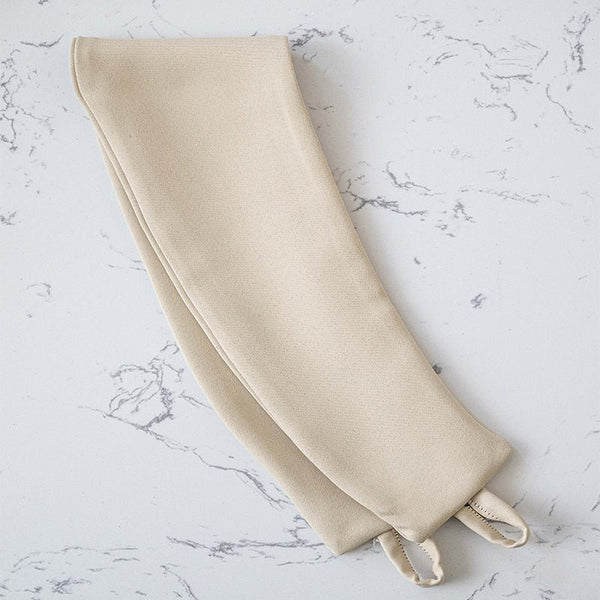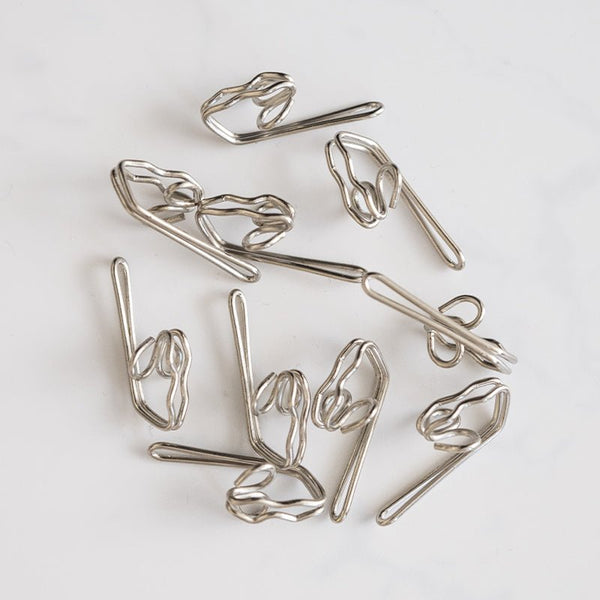In a nutshell, why the cold is coming indoors
- A draught is often a treacherous mix of infiltration, worn joints and cold walls - the room ignores your efforts, the feeling of coolness returns again and again.
- That's where the hunt begins: diagnosing with a candle, monitoring humidity, tracking down every nook and cranny, one eye on windows, another on forgotten sockets.
- The antidote: repair, insulate, ventilate without excess, and sometimes hand over to a professional, to transform the house into a cocoon - no more shivering bills.
The scenario repeats itself, season after season: it's freezing in the living room, the radiators are on full blast, and yet a draught sneaks up on you without warning. We end up questioning the effectiveness of insulating the home with a thermal curtain... or even some kind of cold conspiracy. The real culprit: often, a clever mix of airtightness defects, slight infiltration, an aging window or a wall transformed into a winter atmosphere condenser.
Draft and cold walls: what's behind the feeling?
In a room, every stray movement of air has its source: the worn seal of an old window, the door that doesn't give way, the floor or even the electrical socket that betrays the house. Sometimes nothing really blows, but the cold wall makes you shiver. A hand on the wall is enough to understand: it's the "domestic igloo" effect. A thermal bridge or poor insulation allows heat to escape, transforming the façade into a permanent source of coolness. Added to this is a discreet phenomenon: the air follows the windows, accelerating at the corners, and suddenly the perceived temperature drops without warning. There's a big difference between feeling a current and feeling a cold wall. Testing is the only solution before considering any work or sticking expanding foam everywhere. That's why you need the best thermal curtains.
Places where air likes to seep in
There are a thousand hiding places for freezing air. Windows and doors often have the upper hand: porous seals, cracks in frames, shutters that close askew. Want some examples? Cracked attic ceiling, forgotten framing, north-facing electrical outlets. Forget a small hole today, and you'll be looking at a heating bill that's far too high come winter. Humidity, another ally of the cold, further aggravates the feeling of thermal discomfort.
The chimney effect and pressure: when the house becomes a playground for airflow
Because of the chimney effect, cold air seeps in from below, rises and accelerates: leakage, pressure variation, and the room is transformed into a thermal battlefield. A poorly-adjusted range hood, an overly-powerful mechanical ventilation system - even ventilation can turn everything upside down: the air circulates at full speed, and the feeling of cold sets in. A real vicious circle: more infiltration, more humidity, heat escapes, the challenge grows.
When stale air costs health and money
Every winter, the scenario escalates. The response is to turn up the heat, the bills climb, the nose runs and the throat stings. Poor insulation, persistent infiltration: all this turns the building into a sieve, undermining indoor comfort... and exploding energy consumption. Well-managed thermal insulation ensures a healthy interior, less microbes and mold, and therefore fewer unexpected expenses.
Detecting insidious infiltration: the air hunt begins
Before redoing anything, it's time to diagnose. The old flickering candle test still sets the tone: hold a flame up to a window or door, and it will mercilessly indicate the entry of stray air. Same old trick with a sheet of paper or a stick of incense. The most modern are the thermal detectors: the camera records temperature variations on every wall, every window, every tired seal.
Places to track down draughts
| Location | Common causes | A sure-fire way to check |
|---|---|---|
| Windows | Worn seal, single glazing | Candle, leaf, thermal detector |
| Doors | Boudin absent, frames in poor condition | Incense stick, wet hand |
| Floor | Poorly joined wall/floor | Hand near bottom, flame |
| Electrical outlets | Sloppy formwork, holes in insulation | Touche d'air en passant la main |
| Attic, ceiling | Missing or no insulation | Clear temperature difference |
| Grilles, vents | Extractors, hoods, over-extraction or switched off | Candle or smoke |
Dampness: the unsuspected accomplice of infiltration
Humidity amplifies everything: the feeling of cold, discomfort and energy consumption. A poorly regulated humidity level, unbalanced ventilation, a bathroom left closed after a shower... quickly, the perceived temperature plummets. A hygrometer becomes your best ally for checking, regulating and anticipating. And if nothing changes, there are professionals equipped with thermal imaging cameras or other suitable tools.
Thermal detective checklist :
- Does the cold affect the whole house or just one room?
- Condensation or mould?
- Does the electricity flicker more often in winter?
- Suspicious noises when it rains, or when the wind picks up?
A localized problem? Sometimes it's as simple as redoing a made-to-measure joint, sticking up a thick curtain or installing a carpet near the door. More global: in this case, you need to tackle the whole, aiming for a serious energy renovation.

Solution: stop the cold and regain control of the air
It all starts with a simple gesture: changing a seal, plugging a crack, caulking a faulty opening. Thermal curtains to the rescue, door sweeps in place, foam applied to small holes. Sometimes, the effect is immediate: the room warms up visibly.
When simple isn't enough: it's time for real insulation work
If air intrudes for too long, the jackpot is overall insulation: glass wool in the attic, double-glazed windows, new cladding for each exposed wall. Losses are stopped, energy is put to better use, and thermal comfort finally reaches the dream level - the feeling of cold is no longer an issue. A renovated complex means lower energy bills from the very first months, and a transformed interior.
Intelligent ventilation: balancing healthy air and preserved warmth
Regular ventilation: yes, but never at the expense of warmth. You need to find the right balance: a well-adjusted mechanical ventilation system, windows open for a few minutes every day, installed to avoid excess humidity or CO2 concentration. Close too much, and you'll experience mold and stale air. Open too much, and you'll lose out on thermal comfort.
When a professional is the best option
When faced with stubborn infiltration, there's a point at which tinkering is no longer enough. Invisible thermal bridges, structural defects, damage behind the walls: the professional, armed with his detector, locates the true source of energy loss in the blink of an eye. He proposes the right insulation work, the right correction, the right balance between sustainable solutions and energy savings.
Care, maintenance and tips: the winning trio against the cold
The trap to avoid: trying to make everything airtight without thinking about ventilation. A house that's too airtight will sweat, develop fungus and suffer a drop in air quality. If you forget to keep an eye on the joints, neglect the curtain and leave a cold draught active, you're guaranteed a nasty surprise on your heating bill.
The home checklist for lasting comfort
- Check the condition of joints, frames, windows, doors, sockets and ceilings every autumn.
- Install thick curtains and carpets in strategic places.
- Measure humidity levels, and correct as necessary with a dehumidifier or better-regulated ventilation.
- Consult, test, track, observe: every square meter gained means extra comfort and potential savings.
Billing, comfort, health: the winning tune-up
The result: less heat loss, more savings, an interior where you can walk barefoot even in January. The luxury: no longer chasing every cold sensation, but enjoying - at last - the gentle silence of an insulated, healthy, well-ventilated home. And if this evening, the flame flickers at the window, it will be to better track down the last infiltration, the one that still wanted to defy the new-found warmth.
Nokomis: thermal curtains, warmth hidden behind the fabric
Here, forget the radiators on full blast and the sweaters piled high. Nokomis invites you in with its thermal curtains, and suddenly, the window is no longer that crack where winter seeps in, where summer knocks without embarrassment. We pull on the fabric, and the world outside stops at the glass - cold remains in exile, warmth settles in.
No miracle, just layers (almost like a millefeuille), intelligent textiles that capture, reflect and hold. The gesture becomes a ritual. The living room breathes differently, a little more cocoon-like, a little less draughty. Nokomis is warm discretion, hand-sewn comfort.
Frequently asked questions about cold drafts
What does it mean to feel a cold draught?
Feeling a cold draught isn't just a physical sensation. Somewhere, it's a kind of subtle message sent by the environment, or even - go figure - by something deeper. Some people talk about spiritual chills, that moment when a cold draught crosses the room and surprises you for no apparent reason. Sometimes, this chill is triggered by the thought of a specific person, as if an invisible link were running through you. Others see it as a sign of spiritual awakening, a little alert to the energy flowing through you. Between rational explanations and metaphysical questioning, the cold draught intrigues, questions and transforms a simple breeze into a quasi-cosmic experience.
What are the possible causes of a cold draught in my home?
A cold draught in a house - but what an adventure! The suspects? Thermal insulation, the first suspect on the list. There's the capricious hood in the kitchen, the roof or attic with a dubious past, the window whose seals are absent, or the old-fashioned front door that lets the air slip through carelessly. Occasionally, tiny cracks or holes appear in the walls, orchestrating their own little energy revolution. The cold draught then slips in like a cat, invisibly, but with enough aplomb to cool everything down. In short, behind every cold draught, there's a whole gallery of little defects to flush out. Sometimes it's an accumulation of details: every nook and cranny has its story, every cold draught its hidden explanation.
Why do I feel draughts?
Draughts, those almost elusive intruders, sometimes sneak into the house without the door being clearly left open for them. Often, it's not just a matter of a crack or a badly closed window, but of a subtle pressure imbalance. It's the great invisible ballet of air between rooms, orchestrated by ventilation that decides to play its own score, or doors that, a little too open or ill-fitting, create these movements. The cold draught likes surprises: suddenly, it appears in a room where everything seemed so calm. You think you see it, you watch for it, it disappears, then returns. The draught is also the hidden signature of the incredible air circulation in our modern homes.
What are the symptoms of draughts?
Sometimes it's just the shivers, a slight chill - and sometimes the cold draught is a more serious troublemaker. The body doesn't take kindly to thermal shock, and that's where it starts: discomfort, chills, and with them, the faithful procession of colds and flus. A draught triggers a whole ballet of symptoms, from a simple shiver to a itchy nose. Thermal discomfort is the body's insistence that a cold draught should not go unnoticed. When a draught makes its presence felt, it leaves in its wake a whole series of more or less subtle signs - the discreet cold, the feeling of shivering for no reason, the sudden urge to add a sweater. Cold air knows how to make itself felt, even quietly.
